AXS chats with filmmaker James Siewert about ‘The Past Inside The Present’ short.
Glass Eye Pix is doing some pretty cool things. Following up on our chat with the ever-terrifying Larry Fessenden and his legion of creepy projects that’s sure to tingle the senses, we reached out to James Siewert – GEP collaborator and up and comer in the world of film that you’ll want to remember. His “cyberpunk allegory” short film “The Past Inside The Present” is currently touring the film festival circuit, bringing a pretty big discussion about mass media and the dating game.
Our interview with Siewert is below.
AXS: According to the Glass Eye Pix website, this project was announced on August 9, 2013. Let’s talk about the development of the idea, from page to screen. How did it evolve, and what turning points marked its evolution?
James Siewert: The project was something I started thinking about around my senior year of high school. The initial idea was just to do something with these heads that had circuit boards cut into the top of them. From where I’m standing now the first concept seems somewhat juvenile: the whole point was going to be that sexual satisfaction was as chemically simple as any other physical addiction – the characters would plug into each other “get their fix” and then…I’m not sure how it was supposed to resolve. It was mostly just going to be a mood piece – like if you took the basic mood and energy of Chris Cunningham’s “Come to Daddy” video and put that in the context of the robots from his “All Is Full of Love” video – I think I was hoping it would be something like that. I was very obsessed with Chris Cunningham in high school.
Early on in college it became more of a story – about this sort of traditional date night that had this weird surreal ritual built into it. I think there were a lot more bells and whistles – things that the characters did on the date – there was maybe even a thought of a single piece of dialogue or something. I was still so far away from being able to do the special effects for the thing I had in mind, so it just kind of sat there as a concept through most of college. Eventually I was doing another project where I was tracing over photographs and re-scanning the drawings, and it slowly occurred to me that this was a way to approach the cyborg short film that had been gestating in my mind for a few years. So I did some tests, and was pleased with the hypnotic dream-like effects I was getting thought the technique and thought it would take the film in the right direction.
AXS: Impressively, you were able to catch the gaze of the folks at Glass Eye Pix, who took an interest in your short film project. How were you able to do that?
JS: Way back in sophomore year of college my professor Kelly Reichardt (director of “Wendy and Lucy,” “Meek’s Cutoff,” “Night Moves,” etc.) introduced me to Larry Fessenden as someone who had the same kind of DIY spirit. He had a friend that wanted a music video done for him, and so me and Chris Skotchdopole teamed up and armed with the enormous budget of $1000, we went and made this video about a couple who is evicted from their apartment and so sets up a whole life on the street. I made one more music video at Glass Eye, so I guess I had proved myself by the time I presented Larry and Chris with the idea of “The Past Inside the Present.”
AXS: With the language of film, what were you wanting to accomplish with the cinematography?
JS: In each of my films there is a camera movement other formal element that I hope induces the psychological phenomenon that the film is really about. In this film it is the rotating camera: it was part of my initial conception that in all of the climactic parts of the film the camera would be spinning around a fixed point. The hope is that that this accelerating rotation puts the audience in a kind of hypnosis or trance – which I think people also get into during sex. I guess the idea is that the camera imitates the momentum and pace of sex – speeding up, but also having an inherently cyclical nature. The camera speeds up to the point of total abstraction and oblivion, and then dives down and through, which to me imitates the orgasm. The idea of a rotating or cycling camera is also important in terms of the overall story of course.
AXS: Outside of the expectant complimentary answers, how would you describe Larry? What were they able to supply your production to keep things running smoothly?
JS: I guess what surprises me about Larry is how classical and clear his film-making brain is – if what you’ve seen is Habit it seems like a pretty bonkers movie with a wild color palette, but actually Larry will tell you within a few seconds of meeting him that his favorite director is Hitchcock, and its clear its because Hitchcock married his artistic ambitions with a workman’s ability to break down a scene into simple pieces of coverage which are instantly legible to any audience.
AXS: What attracted you to actors Miles Joris-Peyrafitte and Schuyler Helford for this project?
JS: To be absolutely honest this was my thesis project for school – it was mostly about finding anyone who would be willing to get naked for my weird film. The thing is that I wanted people who could appear to be “generic” stand its for any couple – almost like store front mannequins – they don’t make ugly mannequins so reality is I cast good looking people. I do want to quickly acknowledge that this whole idea that “generic” really means “good looking heterosexual white people” is rightly being interrogated in culture these days, and while I don’t think my film endorses this definition of “generic” it definitely makes aesthetic use of it.
Schuyler I had been talking to about the project for years. I took a face cast of her for an initial attempt at the project which didn’t go anywhere, and took off a some of her hair off in the process. She was gracious enough to still be interested in the project after that. Miles was someone who I worked with on a few short films and then my second music video at Glass Eye. I DP’d his thesis film in exchange for his appearance in mine. He had worked with Schuyler on a play the spring before we shot this, and so the fact that they knew each other I thought was a big help in terms of not feeling too uncomfortable with the whole thing.
AXS: You used a rotoscoping technique that took over two years of animating each frame? What can you share about the painstaking effort?
JS: I mean just like anything that takes that long eventually you are doing it and you no longer really know why. One can’t expect to be passionate about anything for so long, its more just a matter of getting up and putting 8 to 10 hours in a day no matter how you feel. The nice thing about rotoscoping though is your emotions don’t really matter at all – I would just put on audio books and do it all day whether I was feeling melancholy or not.
AXS: Isolation also seems to be a theme within the narrative, but is that a fair assessment? And, does isolation necessitate the video obsession?
JS: Look at Tinder or other online dating sites – it does feel like the images we have of people and lives we imagine them leading based on those images, actually get in the way of understanding them as people. Or maybe its this feeling of unlimited access that makes every individual feel disposable in and of themselves. But I do think that the images of our lives that we create can form a barrier, and I think mostly its intentional: we want the pleasing image to block the view of the fragile person behind it, because fragile people are frightening to see – both in others and in ourselves. But of course hiding the aspect of ourselves that is fragile, ugly or frightened makes us feel more isolated than ever because those are the parts of ourselves that we really want other people to see and accept.
AXS: What does the immediate future hold for you?
JS: Well my bread and butter these days is cinematography and effects work, so I have to do a fair amount of that to stay afloat. I’m collaborating with Chris [Skotchdopole] on an idea that involves a teenage girl witnessing her father have a very weird affair with his former student. It will involve a lot the same vibes of sexual anxiety and body transformation, but maybe in a more traditionally narrative context?
“The Past Inside The Present” is currently playing the independent film festival circuit.

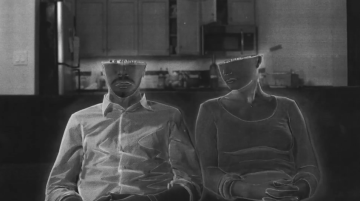

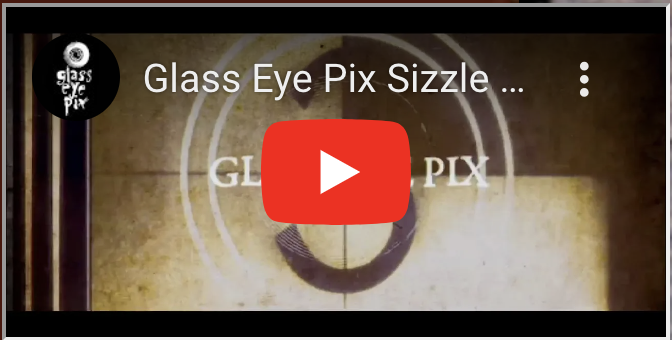
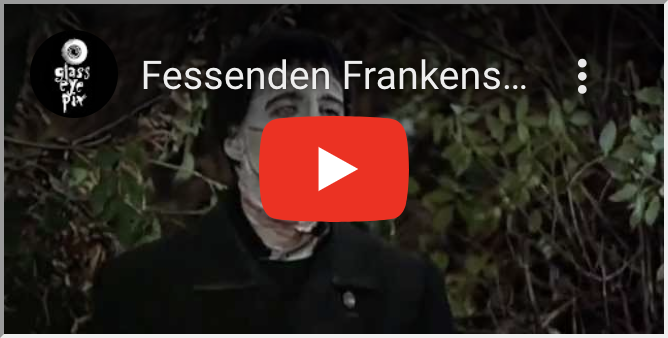
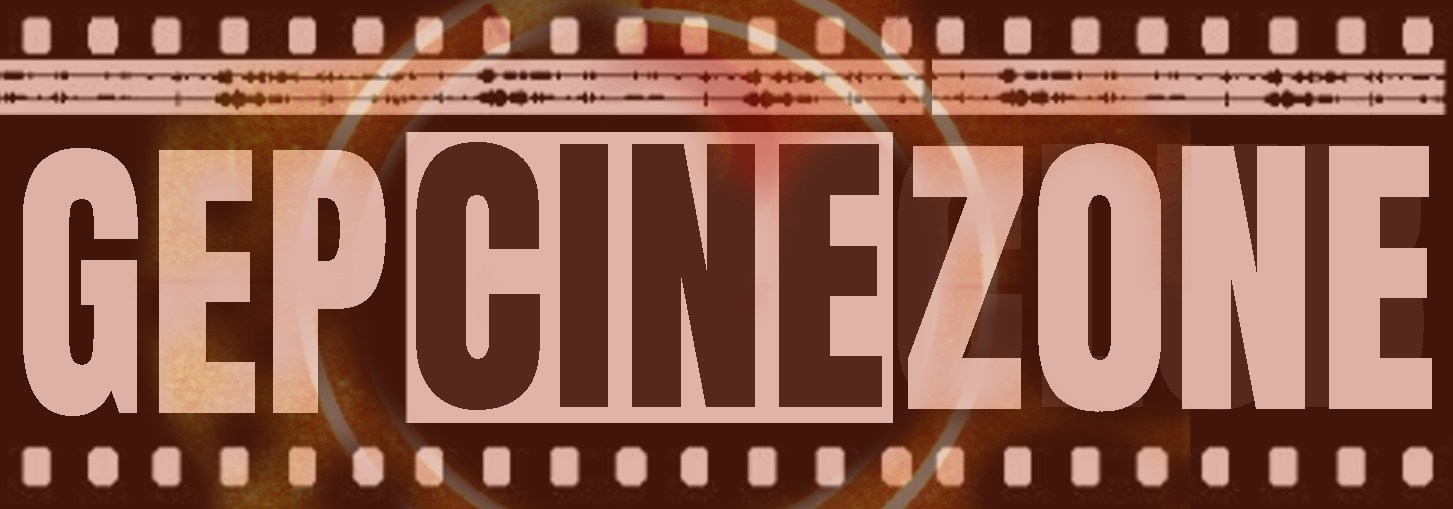


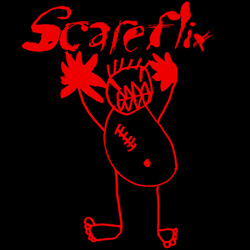

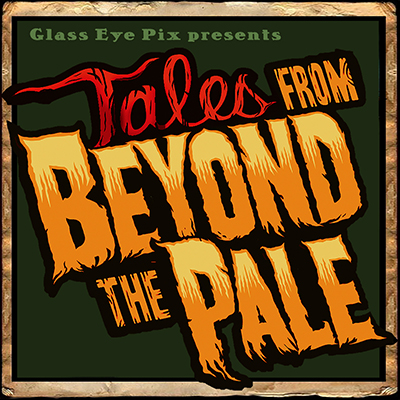
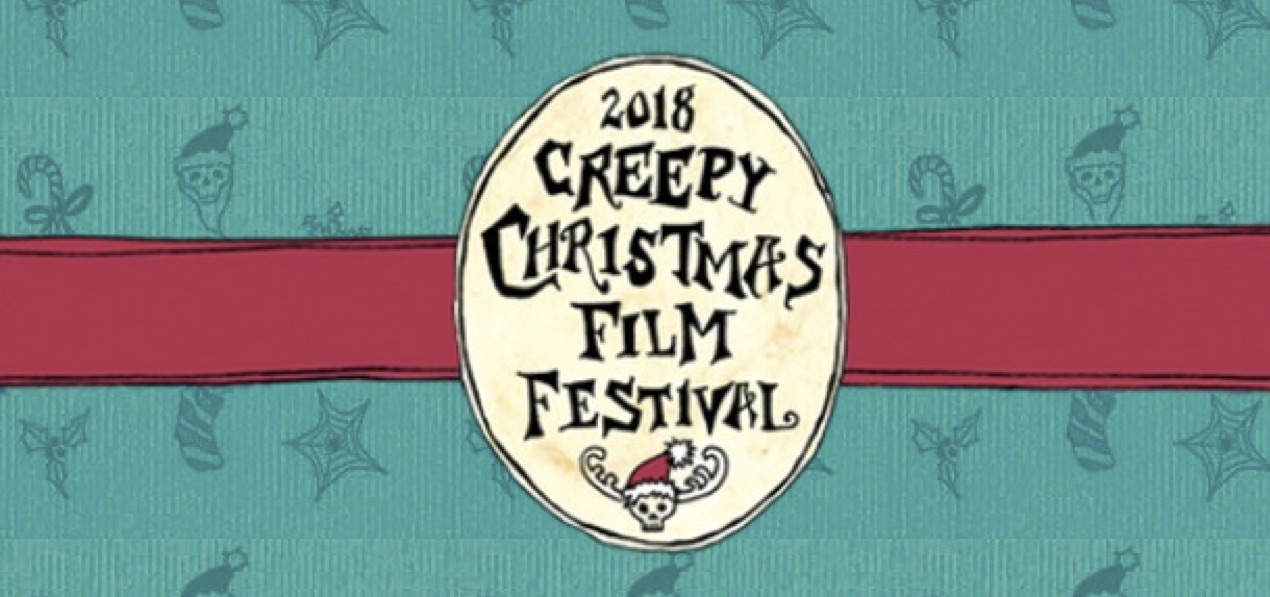
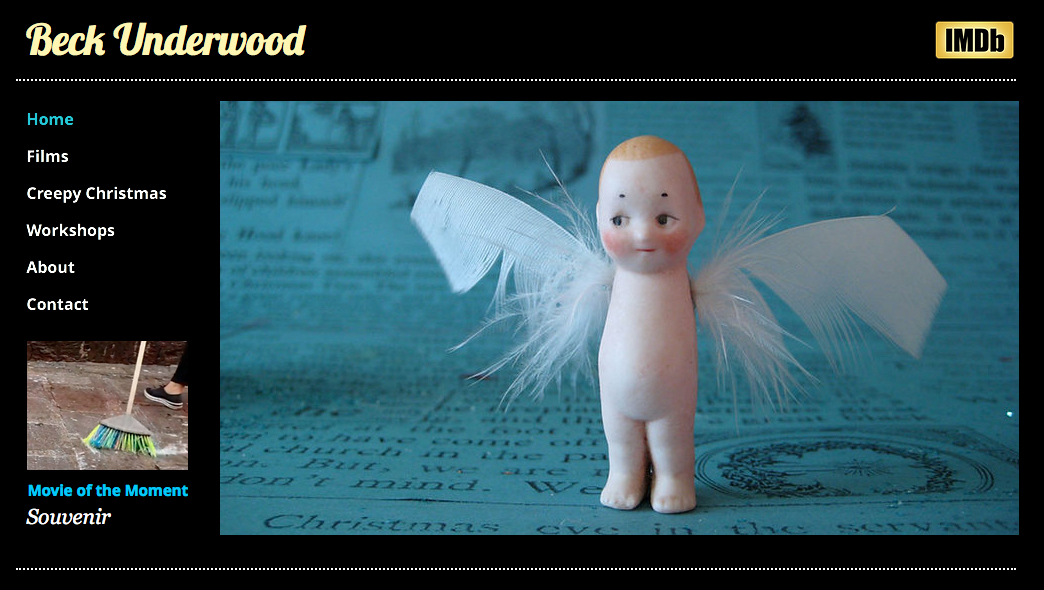
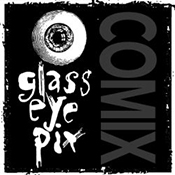
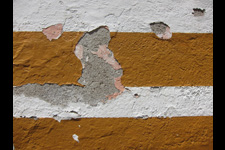





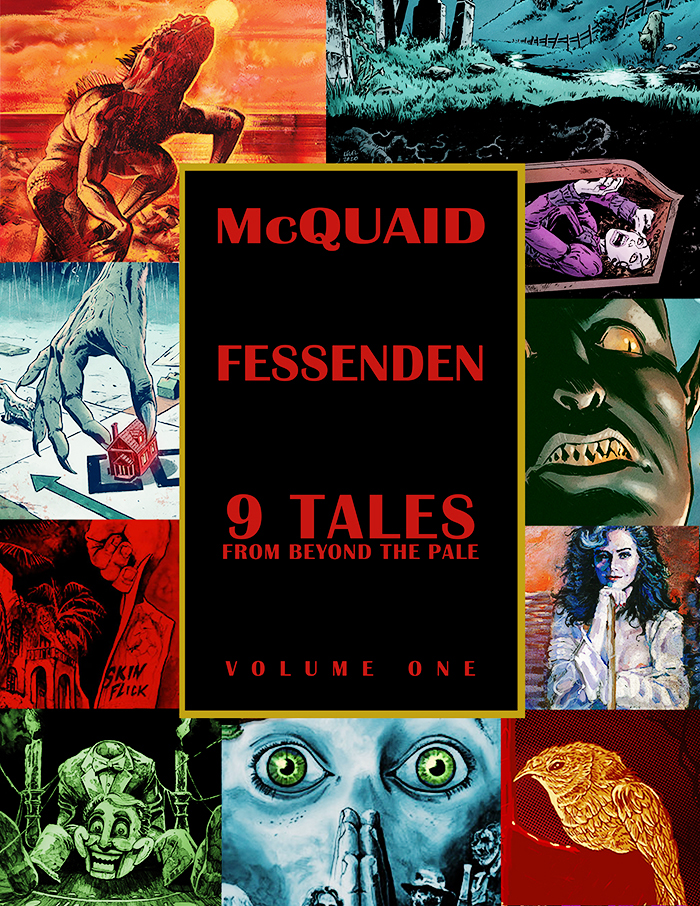
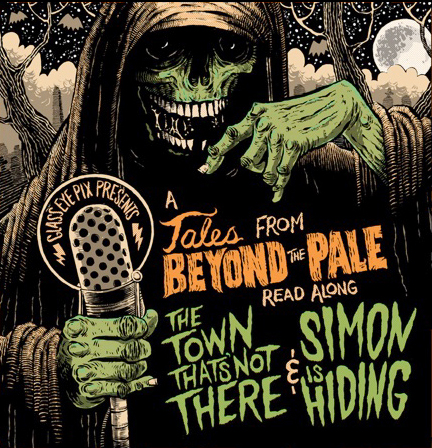
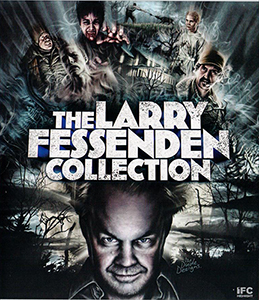
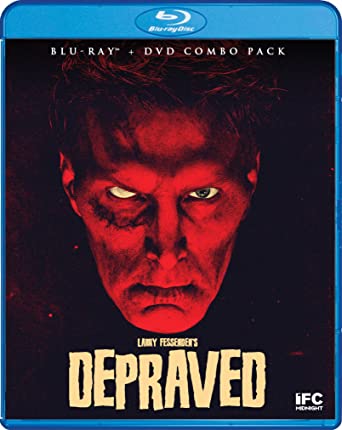
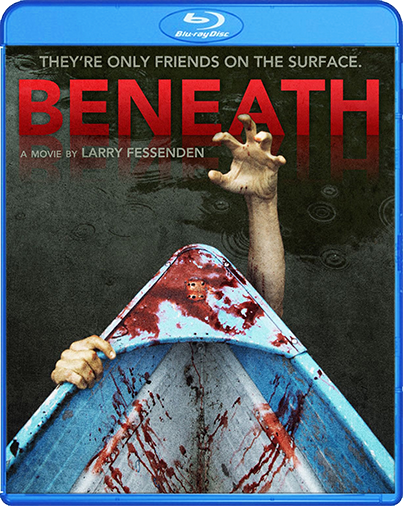
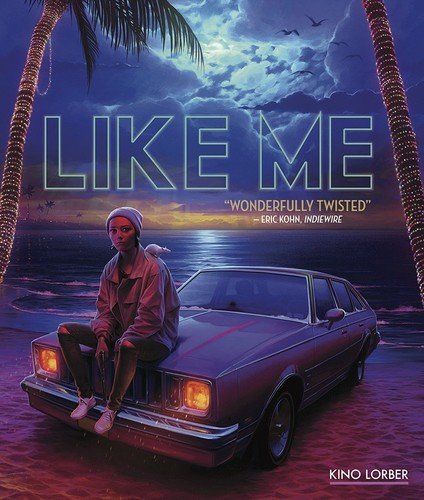

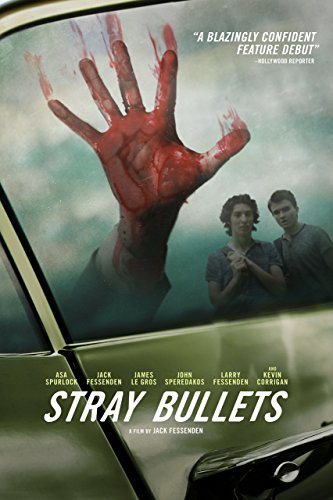
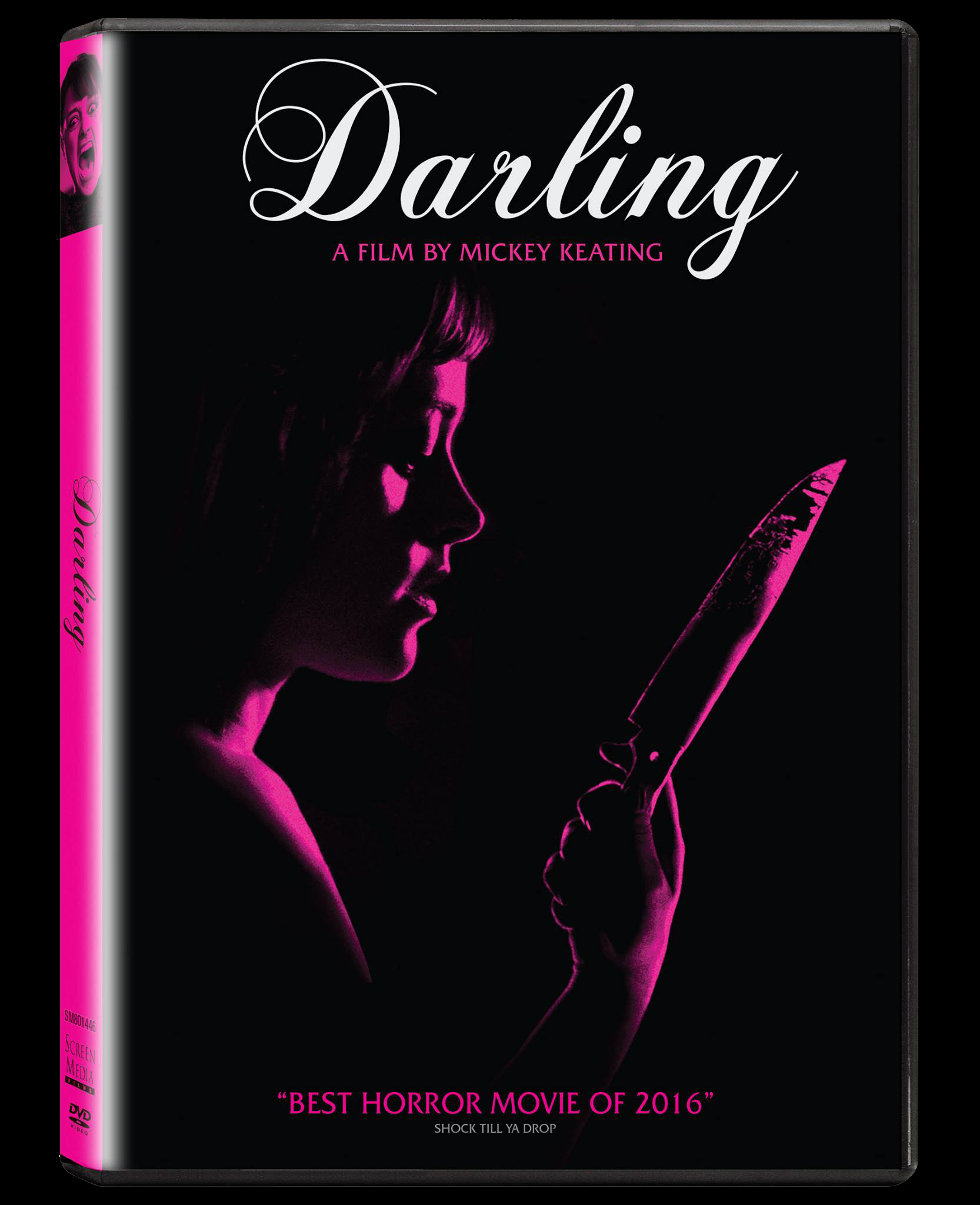
Add a comment